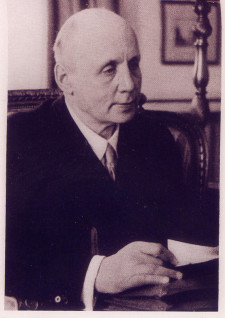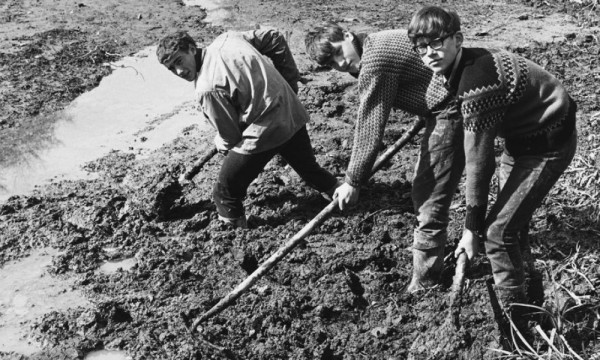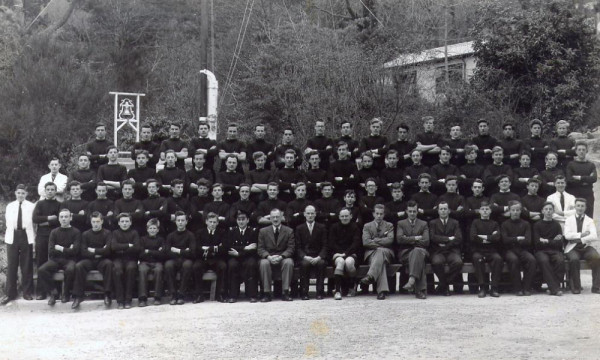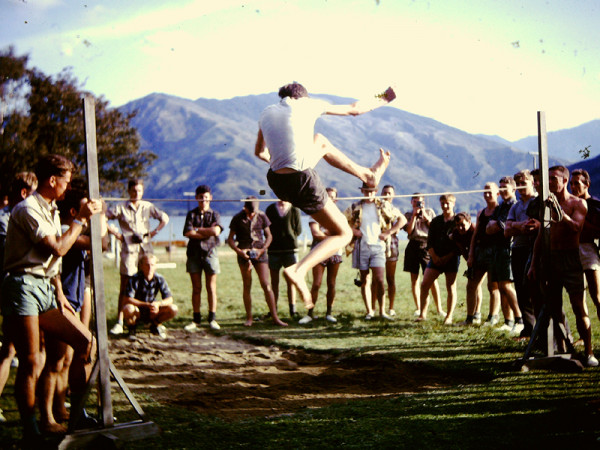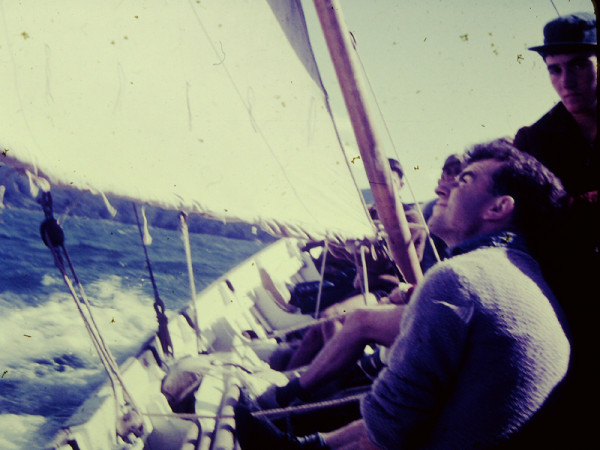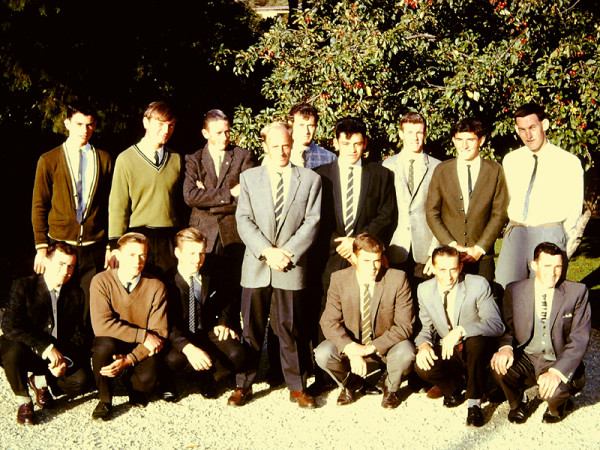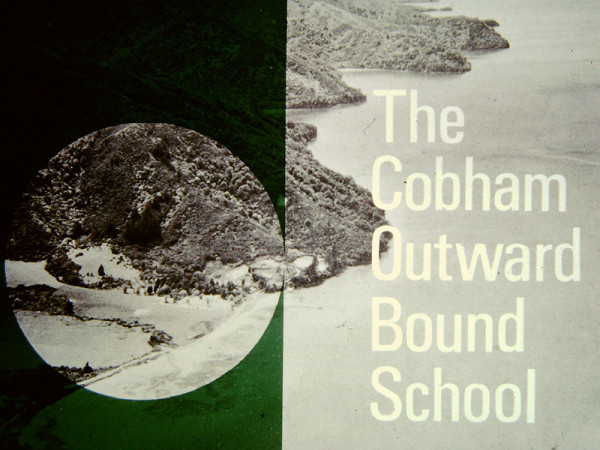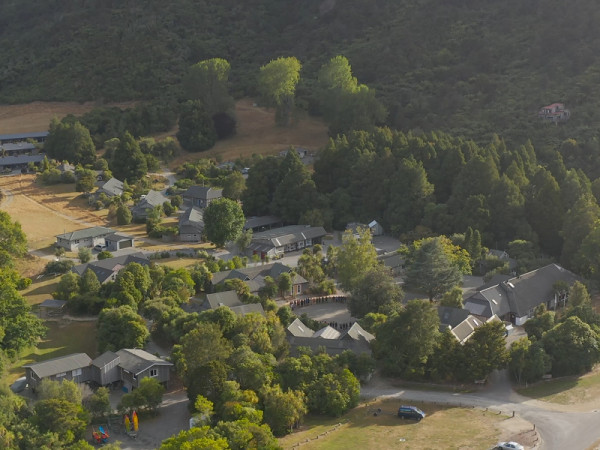Kurt Hahn was born in 1886 into a wealthy Jewish family in Berlin, where his father had a large steel business. He attended several German universities and he also studied at Oxford University. While at Oxford he suffered a severe attack of sunstroke which left him permanently afflicted and unable to endure bright sunlight. The experience was to cause him to have a very real concern for the health of his pupils and to personally experience how to make a disability an opportunity. Hahn’s sayings are not those of a man removed from the reality of turmoil and struggle – they are the wisdom based on experience.
Two days after his return from Oxford, Great Britain declared war on Germany. He was assigned to the German Foreign Office as an advisor on English affairs and eventually he became private secretary to Prince Max of Baden, the last Imperial Chancellor.
Prince Max persuaded Hahn to found a school and in 1920 he provided space for a school in his castle of Salem on the shores of Lake Constance. Hahn set out to train young people to have moral independence, an ability to choose between “right and wrong,” and an improvement in their physical health. Salem flourished and Hahn’s ideas spread both in Germany and abroad. Unfortunately, during this period Germany saw the rise of Adolf Hitler and National Socialism.
In 1932 there was a particularly brutal murder committed by a group of Nazis. Before their trial, Hitler sent them an open telegram of support and demanded their immediate release. For Hahn, this act defined the hour when men of honor must declare themselves. Hahn replied with a telegram to all former Salem pupils demanding they break either with Hitler or with Salem. "It was the bravest deed in cold blood that I have witnessed," said a Briton teaching at Salem at the time. Thereafter Hahn was to make open criticism of the Nazis in public speeches and the press.
He was struck by the similarities between his training methods and code and those of the Hitler Youth – fitness, initiative, self discipline etc. It led him to ask what the difference was. What was the essential ingredient in the Salem code that distinguished it from the Hitler Youth code? His answer to this was concern for others and the need to act with compassion in the service of all. “We need to be able to feel that as a people we are just and kindly. On this consciousness depends our inner strength.”
It was inevitable that once Hitler came to power Hahn would be arrested and imprisoned. Influential friends and colleagues, many of them former associates at Oxford, objected strenuously to his arrest. Following pressure from the British Prime Minister Ramsay MacDonald and other eminent people Hahn was released and he moved to England.
In the first months of his exile he was profoundly depressed. At the age of forty-seven he had lost his homeland, his school, the battle for German youth. Once a man of means, he had overnight become a penniless refugee. Worse, his spiritual resources were depleted. When he was asked to found a new school along Salem lines, he lacked the will to do so.
Discouraged and emotionally exhausted, he decided to return to Moray in the north of Scotland, where he had recovered in the summer after a sunstroke suffered in his Oxford years. He met old friends among the fishermen and crafters in the district. On the wharf in Hopeman Harbor, he listened to fisherman Danny Main tell tales of common men who displayed uncommon courage against forces of the sea. His fortitude began to return. With another friend, he inspected the partially empty castle at Gordonstoun, badly in need of repair. As a possible site for a school, its vistas seized his spirit and he knew again in his own experience the truth that he would so often summon in guiding others: “Your disability is your opportunity.” Less than a year later, in April 1934, Gordonstoun opened as a school for boys.
During the Second World War, the British military requisitioned Gordonstoun and Hahn moved the school to Wales, and it was here in 1941, in association with Lawrence Holt, chairman of the Blue Funnel Line, that he co-founded the first Outward Bound School at Aberdovey. Holt had been very worried by the inability of young seamen to survive in lifeboats once their ships had been sunk by German U-Boats, while older seamen with more life experience held on. Holt felt that Hahn’s physical training methods coupled with the emphasis placed on initiative, tenacity and compassion could help young men prepare themselves for such an ordeal. Thus began Outward Bound - an educational endeavour not just for those in the military, but for young men from all walks of life. (In the early days it was a male-only enterprise.)
In 1946 the Outward Bound Trust was formed and since then Outward Bound schools have been set up in many parts of the world. Hahn retired as headmaster of Gordonstoun in 1953 and received an Honorary Degree from Edinburgh University.
1956 saw the inauguration of the Duke of Edinburgh’s Award Scheme. The basic concept for this was the Moray Badge Scheme, which Hahn had started at Gordonstoun before the war when Prince Philip was a pupil there. Then in 1962, at St Donat’s Castle, in South Wales, Atlantic College was founded. This was the first of a chain of international sixth form colleges now known as the United World Colleges.

